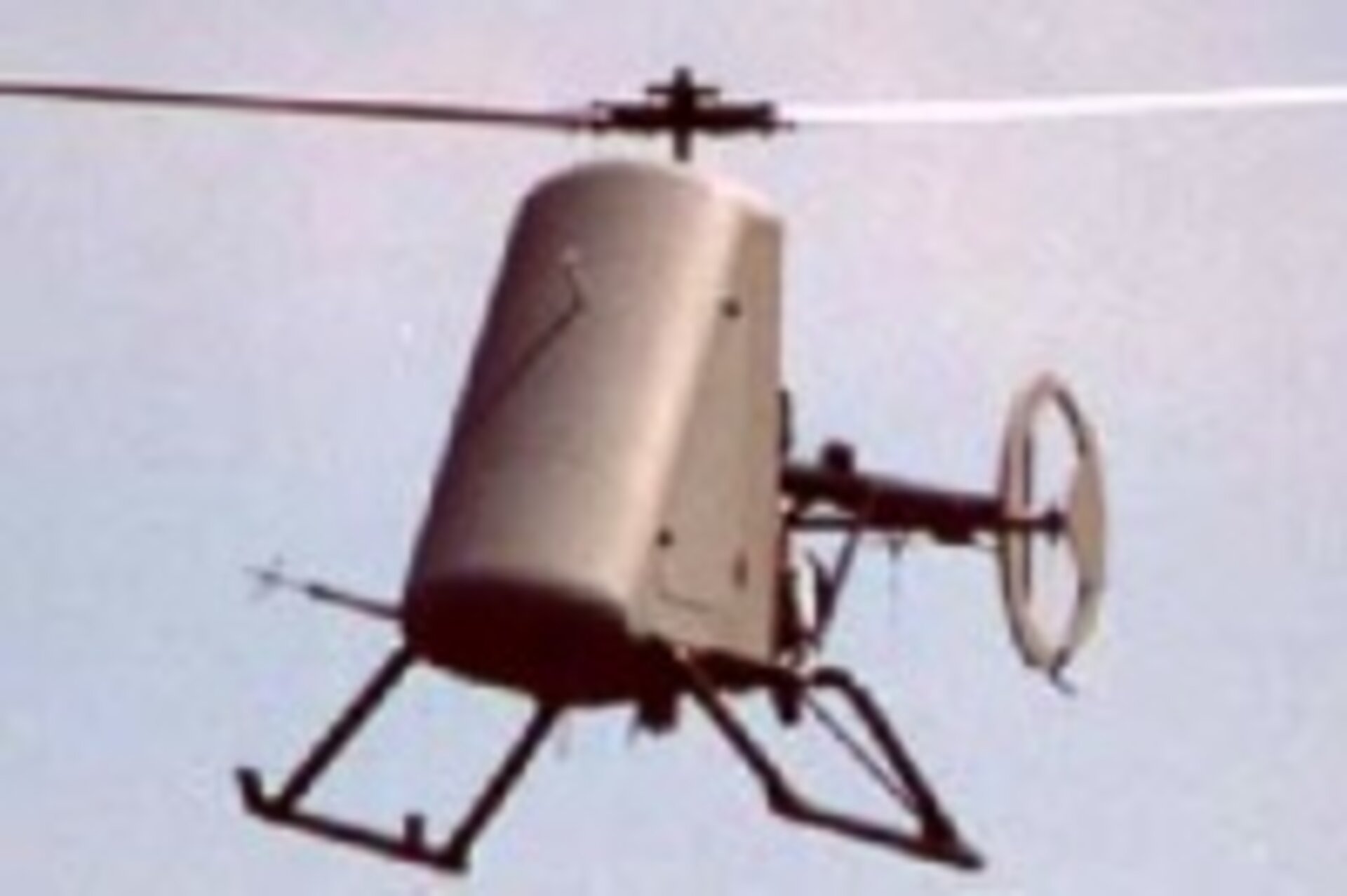Preliminary design of terrestrial demonstration for planetary lander navigation technologies
Most medium/large scale planetary missions (such as Mars Sample Return and manned missions to the Moon and Mars) call for a soft/powered descent system to land on the surface. However, performing a safe landing requires more than that. Any safe landing has to encompass a robust and reliable navigation system: sensors, software, real-time architecture, all of which go together to enable an accurate landing on a secure, relatively rock-free, smoothly sloped terrain.
To meet these accuracy and safety requirements, the initial approach is to perform a preliminary series of tests. A demonstration platform is the most viable piece of equipment for validating the integrated navigation hardware and software together (In particular sensors: LIDAR and camera and relevant navigation computation). Even though such a demonstrator remains at component and/or breadboard level, the navigation system is acknowledged to require the greatest development among the subsystems involved in safe/precision landing.
The primary objective of this activity is to come up with a preliminary design of a landing demonstrator that would validate the navigation system, especially the two mains sensors, namely: LIDAR and camera. To achieve this, it is proposed to define typical Mars and Moon mission landing scenario, to identify the demonstrator requirements (in accordance with the scenario previously stated) and to down-select a vehicle which would best meet these requirements, together with the identification of possible Mars and Moon analogue sites on Earth where such a test campaign could be conducted. The vehicle down-selection is made out of the following candidates: airship, aircraft, helicopter and a scaled lander. Following this work, the main test campaign features and milestones are also assessed.
This activity is well integrated within the Aurora Programme since the demonstrator, as it is currently defined will be upgraded to a completely autonomous demonstrator for which navigation as well as guidance and control systems will be tested bringing the whole GNC system to a high technology level in preparation for the Mars Sample Return (MSR) technology developments.
| Start |
Expected or actual duration | Status | Prime contractor |
|---|---|---|---|
| Nov '02 | 32 months | Completed | Carlo Gavazzi Space |
Executive Summary















 Germany
Germany
 Austria
Austria
 Belgium
Belgium
 Denmark
Denmark
 Spain
Spain
 Estonia
Estonia
 Finland
Finland
 France
France
 Greece
Greece
 Hungary
Hungary
 Ireland
Ireland
 Italy
Italy
 Luxembourg
Luxembourg
 Norway
Norway
 The Netherlands
The Netherlands
 Poland
Poland
 Portugal
Portugal
 Czechia
Czechia
 Romania
Romania
 United Kingdom
United Kingdom
 Slovenia
Slovenia
 Sweden
Sweden
 Switzerland
Switzerland


























